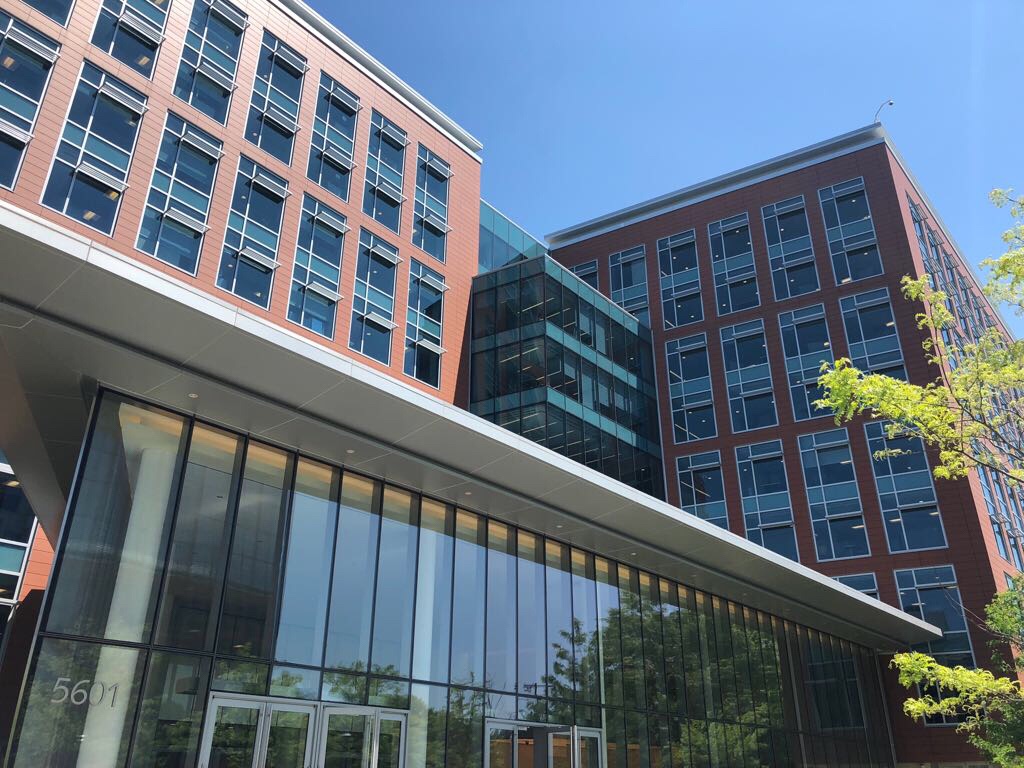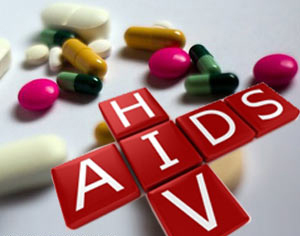The vaccine developed by the National Institute of Allergy and Infectious Diseases (NIAID), part of the National Institutes of Health showed promise in animals
An experimental vaccine regimen seeking to target a vulnerable site on HIV elicited antibodies in mice, guinea pigs and monkeys. The antibodies were found to neutralise dozens of HIV strains.
The findings were reported in the journal Nature Medicine by researchers at the National Institute of Allergy and Infectious Diseases (NIAID), part of the National Institutes of Health. Peter D. Kwong, Ph.D., and John R. Mascola, M.D., led the study. Dr. Kwong is chief of the Structural Biology Section at the NIAID Vaccine Research Center, and Dr. Mascola is the center director.
A preliminary human trial of the new vaccine regimen is anticipated to begin in the second half of 2019.
“NIH scientists have used their detailed knowledge of the structure of HIV to find an unusual site of vulnerability on the virus and design a novel and potentially powerful vaccine,” said NIAID Director Anthony S. Fauci, M.D. “This elegant study is a potentially important step forward in the ongoing quest to develop a safe and effective HIV vaccine.”

A preliminary human trial of the new vaccine regimen is anticipated to begin in the second half of 2019.
The report reflects one of two broad, complementary approaches NIAID is pursuing to develop an HIV vaccine. In one approach, scientists first identify powerful HIV antibodies that can neutralize many strains of the virus, and then try to elicit those antibodies with a vaccine. In other words, scientists start with the most promising part of the immune response and work to develop a vaccine that will induce it. This method was used to design the present vaccine.
The other, empirical approach to HIV vaccine development begins by evaluating the most encouraging vaccine candidates for efficacy in people through clinical trials. Then scientists try to build on successful trial results by, for example, examining blood and other clinical specimens from study participants. Researchers subsequently use this information to improve vaccination approaches for future trials. This method was used to develop the HIV vaccine regimen tested in the RV144 clinical trial and the HIV vaccine regimens currently under study in the HVTN 702 and Imbokodo clinical trials.
Scientists have identified and characterized the sites, or epitopes, on HIV where each known broadly neutralizing antibody binds. Many laboratories around the world are developing HIV vaccine candidates based on the structure of these epitopes with the goal of coaxing the immune systems of HIV-negative people to make protective antibodies after vaccination.
The experimental vaccine is based on an epitope called the HIV fusion peptide, identified by NIAID scientists in 2016. The fusion peptide, a short string of amino acids, is part of the spike on the surface of HIV that the virus uses to enter human cells. According to the scientists, the fusion peptide epitope is particularly promising for use as a vaccine because its structure is the same across most strains of HIV, and because the immune system clearly “sees” it and makes a strong immune response to it. The fusion peptide lacks sugars that obscure the immune system’s view of other HIV epitopes.
Based on their analyses, the scientists adjusted the vaccine regimen and tested it in guinea pigs and monkeys. These tests also yielded antibodies that neutralized a substantial fraction of HIV strains, providing initial evidence that the vaccine regimen may work in multiple species.
The scientists are now working to improve the vaccine regimen, including making it more potent and able to achieve more consistent outcomes with fewer injections.



Hiv vaccine should come as early as possible because whole world is suffering from stigma of aids . They want freedom from hiv virus.
Can dis b used in hiv positiv patients??